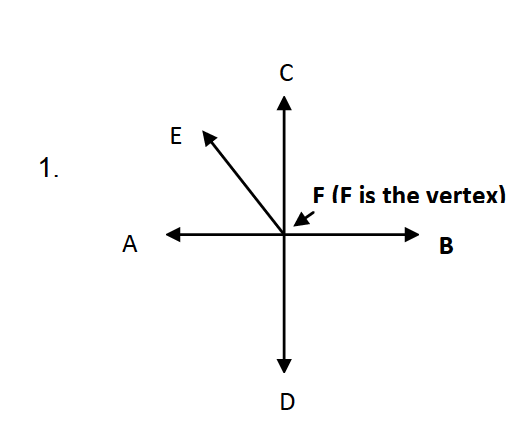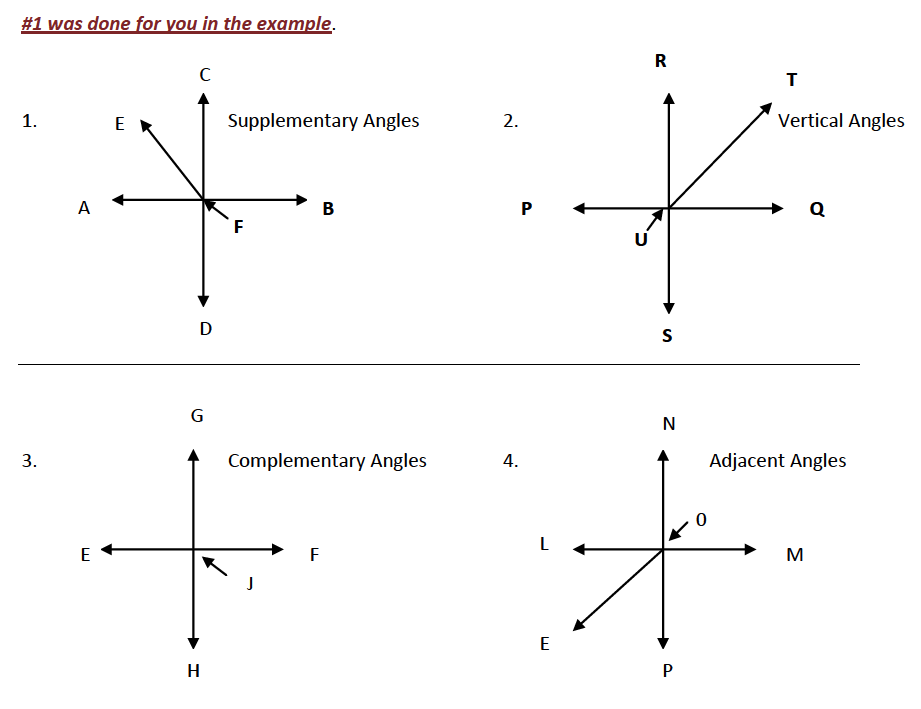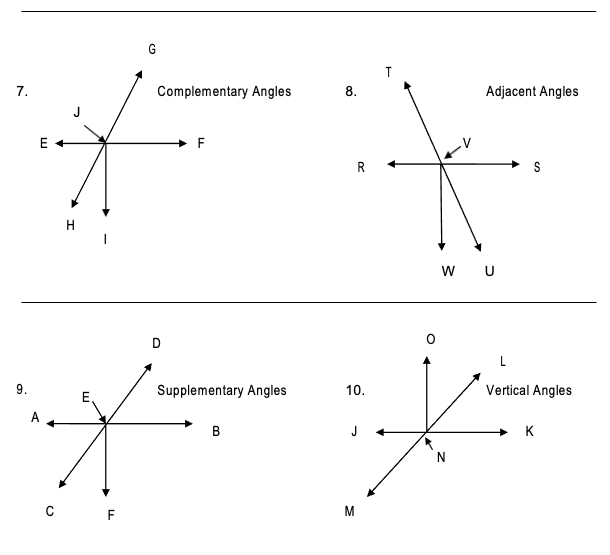rodmah47
Randal GleasonUniversity of Southern Mindanao
Assignment:
Using Yahoo! Finance find the value of beta for your reference company. Write a two page paper discussing the following items:
a. What is the estimated beta coefficient of your company? What does this beta mean in terms of your choice to include this company in your overall portfolio?
b. Given the beta of your company, the present yield to maturity on U.S. government bonds maturing in one year (currently about 4.5% annually) and an assessment that the market risk premium (that is - the difference between the expected rate of return on the 'market portfolio' and the risk-free rate of interest) is 6.5%, use the CAPM equation in order to find out what is the present 'cost of equity' of your company? Explain what is the meaning of the 'cost of equity'.
c. Choose two other companies, look up their "Beta" and report the names of these companies and their betas. Suppose you invest one third of your money in each of the stocks of these companies. What will the beta of the portfolio be? Given the data in (b), what will the Expected Rate of Return on this portfolio be? Do you feel that the three-stock portfolio is sufficiently diversified or does it still have risk that can be diversified away? Explain.
Assignment Expectations:
In a two-page report explain your answers thoroughly with references to the background materials. Make sure to demonstrate a strong understanding of the concept of beta and the risk/return trade off.
Grading Rubric: Click here.
| Assignment: For this assignment, go to the Yahoo Stock Screener and use this page to find a publicly traded company that you find interesting and would like to study for this class. The company should not be a bank or a financial institution of any kind including insurance companies. Assignment Expectations: Write a two to three page paper discussing what you find interesting about this company, and whether or not you think this company will have a successful future. Get to the company's web site, into the "investors relations" section and provide somefinancial highlights of your company for the past year. Indicate which stock exchange the company is listed on and what was the past 12 month rate of return (% gain or loss) to investors who bought shares of this company a year ago and sold the shares yesterday. This rate of return is called the one-year Holding Period Return, or HPR. Also state what is the most recent price of the shares on the company? In addition discuss briefly some information about the top management team including the CEO and CFO. If there are any issues involved with the company that relate to the issues discussed in the case assignment, mention them briefly as well. Grading Rubric: Click here. |









